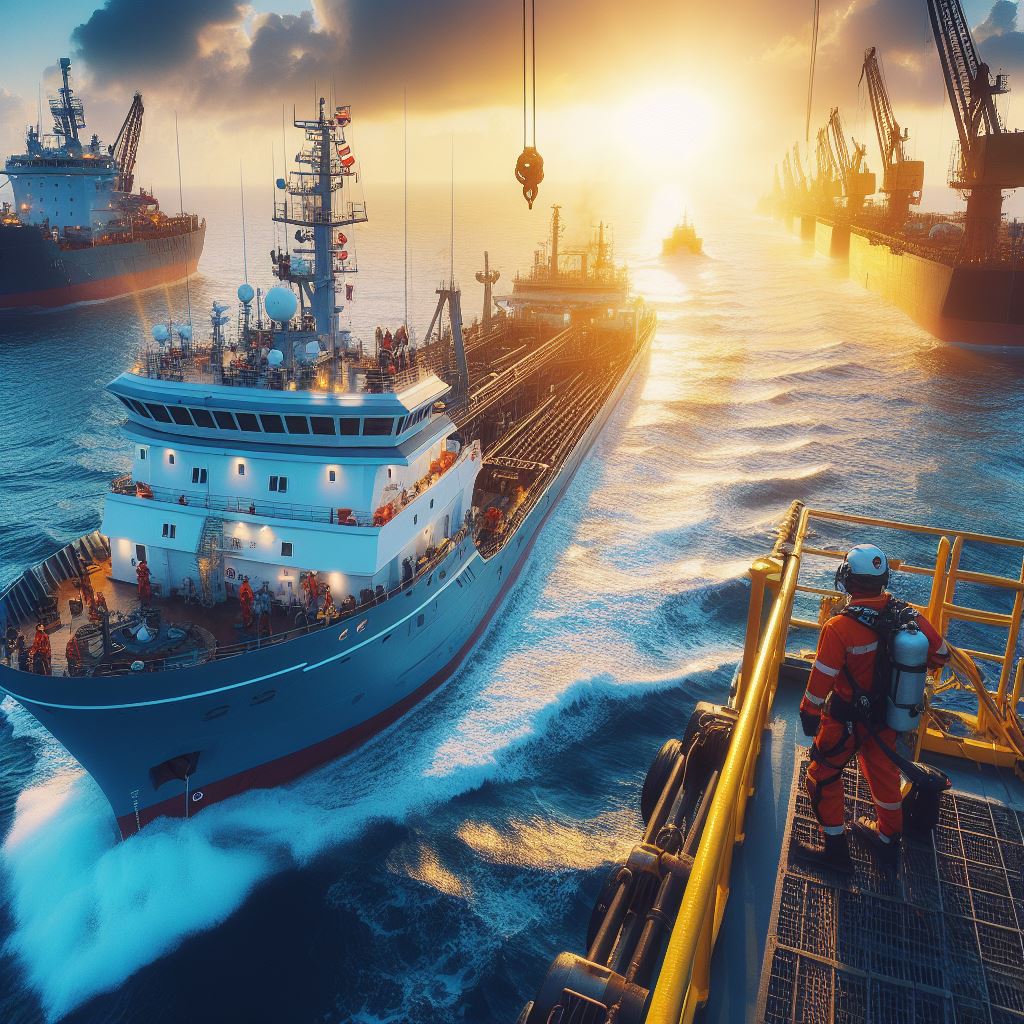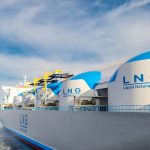

Navigating the Depths: A Comprehensive Guide to Chartering the Right Dive Support Vessel (DSV)
In the expansive world of the oceans lies a mysterious realm crucial for various industries. Dive Support Vessels (DSVs) serve as the vital link between the surface and the deep sea and seabeds, facilitating tasks such as underwater exploration, construction, maintenance, and recovery operations. This guide offers insights into understanding DSVs, covering operational requirements, types, and specifications to help you choose the appropriate vessel for your underwater activities.
Requirements for DSVs
Operating DSVs necessitates stringent safety and efficiency standards. Essential requirements encompass depth capabilities, robust diving systems, dynamic positioning systems, and adherence to international safety and environmental standards.
- Depth Requirements: The operational depth dictates the type of DSV needed, ranging from shallow waters to the deepest ocean trenches.
- Mission Type: Be it scientific research, offshore construction, inspections, or salvage operations.
- Accommodation Needs: Depending on mission duration, DSVs include onboard accommodations and amenities for divers and crews.
- Specialized Equipment: Different operational requirements necessitate various specialized equipment like ROVs, saturation diving systems, or heavy-duty cranes.
Main Types of Dive Support Vessels
DSVs are categorized based on operational depth:
- Shallow Water DSVs: Suited for coastal and shallow-water operations like inspections and minor repairs.
- Mid-Water DSVs: Designed for deeper tasks, equipped with advanced diving systems and often featuring ROVs.
- Deep-Water DSVs: For complex operations in the deepest waters, equipped with advanced systems, dynamic positioning, and saturation diving equipment.
Types:
- Air DSVs:
- Operational Range: Shallow to intermediate depths.
- Specifications: Suitable for short dives, equipped with compressed air for breathing, diving cylinders, diving masks, and suits.
- Mixed-Gas DSVs:
- Operational Range: Intermediate to deep waters.
- Specifications: Utilize gas mixes like helium and oxygen to extend dive durations.
- Saturation DSVs:
- Operational Range: Deep to extreme depths.
- Specifications: Support long-duration dives by maintaining divers in a pressurized environment including a diving bell and umbilical, decompression chambers, and hyperbaric lifeboats
Key Considerations for Chartering a DSV:
- Depth Capabilities: Ensure alignment with operational needs.
- Mission Compatibility: Choose based on mission type.
- Equipment Availability: Confirm essential tools and systems.
- Accommodation: Assess onboard facilities for extended missions.
- Safety and Compliance: Verify adherence to safety standards.
- Charter Duration: Decide between single or extended projects.
Specifications and Special Equipment
DSVs differ in size, deck space, equipment, and specialized tools like saturation diving systems, ROVs, and subsea construction tools. Choose the correct technology for maintaining position whether its 4 point mooring or dynamic positioning, crane type & size and dive support equipment.
Safety and Environmental Considerations
DSV operations prioritize safety and environmental protection, adhering to stringent protocols and regulations.
The Future of Dive Support Vessels
Technological advancements drive DSV evolution, with trends focusing on automation, enhanced safety, and eco-friendly designs.
Related posts


LNG Tanker Valuation: What Influences the Sale Price?

Buy and Sell Offshore Vessels






